
ADTO News
-
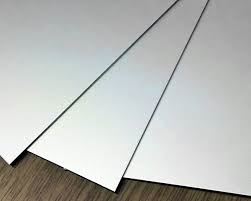
Differences Between Aluminum Magnesium Manganese Plate and Galvanized Steel Plate
Aluminum-magnesium-manganese plates are more and more widely used, but some customers do not know the difference between aluminum-magnesium-manganese plates and galvanized steel plates. Today we will compare them in detail from the following aspects.
2022-05-24 -
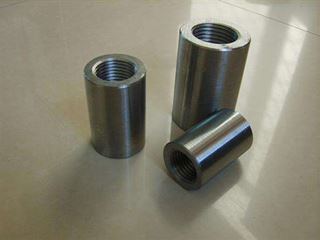
Features of Steel Straight Thread Sleeve Connection
The connection method of the straight thread sleeve is to peel off a part of the longitudinal and transverse ribs at the end of the steel bar to be connected by cutting with a thread rolling machine, and then directly roll it into an ordinary straight thread and connect it with a special straight thread sleeve, forming the connection of steel bars.
2022-05-23 -
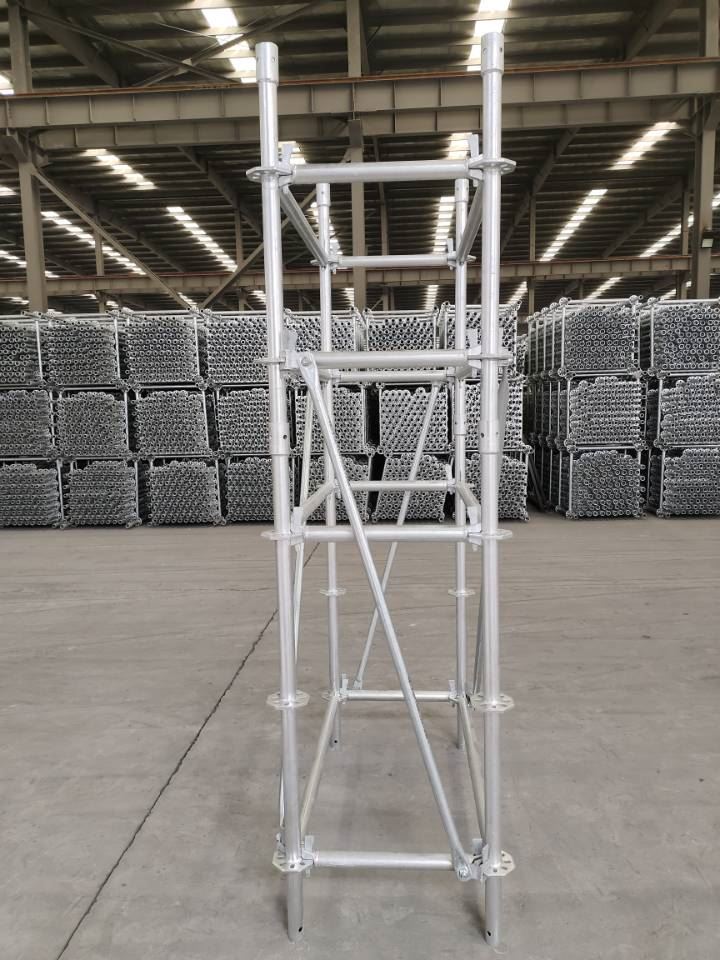
What’s the Difference between Octagonal and Ringlock Scaffolding?
Most of the socket-type buckle-type scaffolding connecting plates are mainly ringlock plates, and there is another kind of connecting plate that is octagonal.
2022-05-17 -
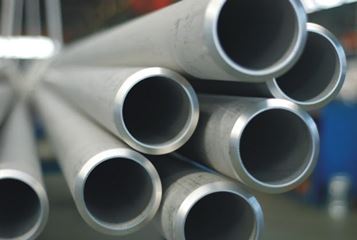
Usage of Stainless Steel Seamless Pipe
Stainless steel seamless pipe is a long strip of steel with a hollow section and no joints around it.
2022-05-11 -
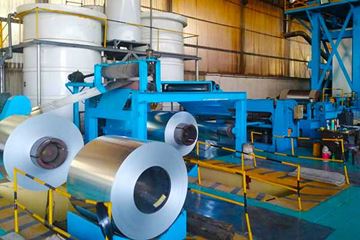
Why Use Coated PPGI Steel Coil?
1. There are various colors and patterns of PPGI coils to meet different styles and uses. 2. The colorful coatings also make PPGI steel more corrosion-resistant and long-lasting. 3. PPGI steel coil has great processing performance. So you can make coils into different products according to your need. 4. Prepainted galvanized steel coil also keeps the strength of steel, which makes it tough and safe. 5. PPGI coated coil is light in weight so that it is easy to transport and install. 6. Compared to PPGL steel, it is more affordable.
2022-04-27 -
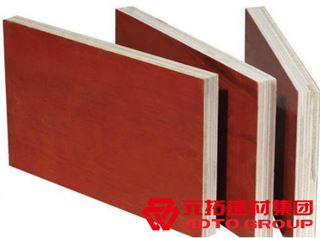
What Should We Do When Store Building Wood Formwork in Winter?
In winter, when the temperature gets colder, the building construction will be reduced accordingly. In winter, it is necessary to save the wooden formwork, which saves money and is also conducive to construction use in the spring of the following year. So how should wood formwork be stored in winter?
2022-04-24 -
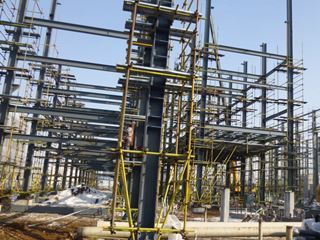
What Problems Should We Notice When Installing Steel Springboards?
What problems should be paid attention to when installing steel springboards? Let's take a look together.
2022-04-22 -
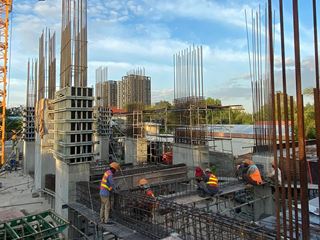
How to Test the Quality of Building Templates?
Which is the best building template manufacturer? How to test the quality of building templates? With the development of the real estate industry, my country's investment in research and development in construction has increased, and the development of the construction industry is no longer the same. Nowadays, most industries are inseparable from infrastructure construction, so the construction party will pay special attention to the quality of building materials. ADTOMall, a building formwork manufacturer from China, wants to share how to identify the quality of building formwork with you.
2022-04-21 -
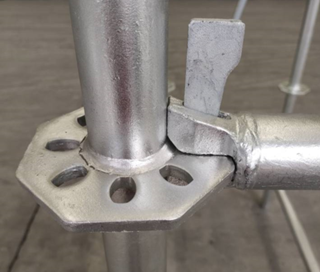
Precautions for the Use of Octagonal Scaffolding
Octagonal Scaffolding is easy to use, safe and reliable, and plays an important role in life, especially in the fields of construction and decoration. However, in the process of its use, we still need to pay attention to some safety matters to avoid hidden dangers in the construction work. Below we have listed several inspection items for your reference:
2022-04-15 -
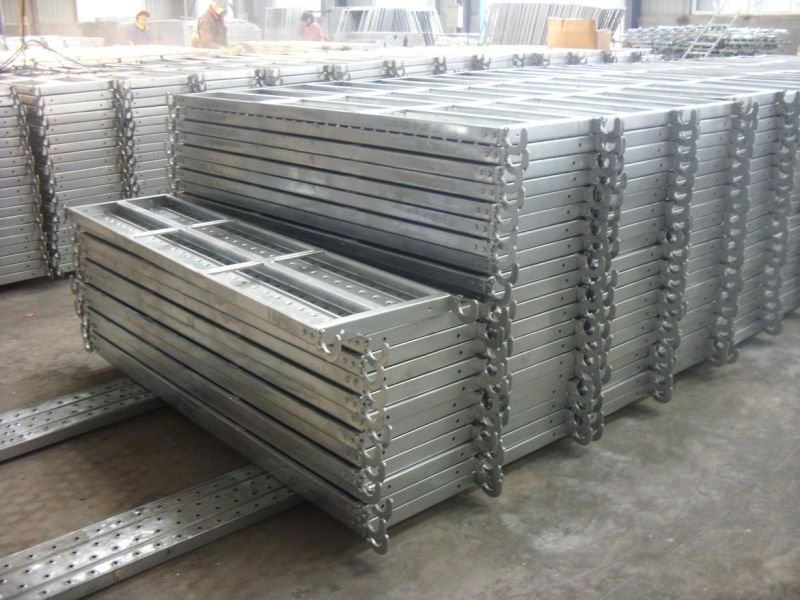
What Factors Are Related to the Quality of Steel Planks?
Today, with the popularity of steel scaffolding, the use of steel planks on construction sites is increasing. The market demand has increased, and the production speed of steel planks has become faster and faster. However, the quality of steel planks on the market is high or low. In order to ensure construction safety, we must use high-quality steel plank products that meet product safety requirements. So what are the factors related to the quality of steel planks?
2022-04-13 -
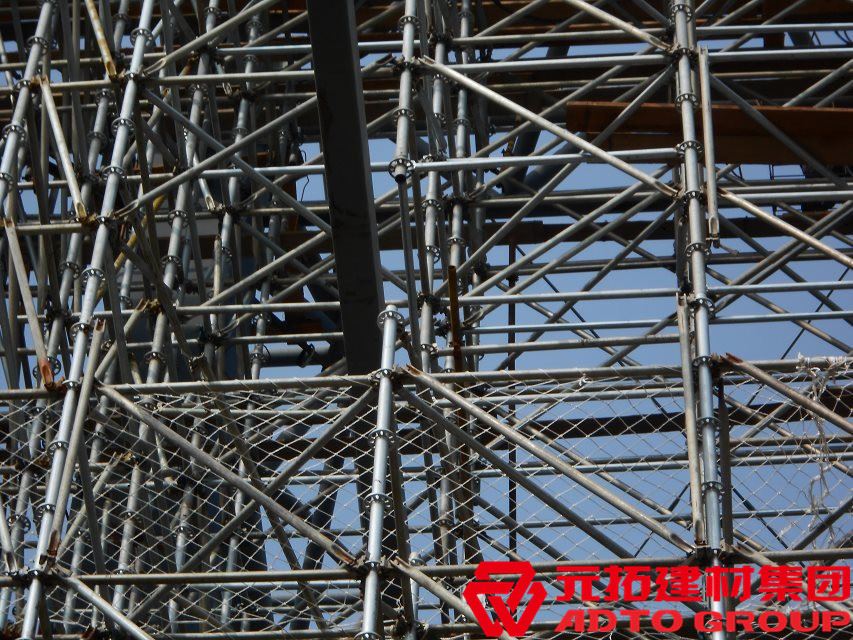
How to Make a Choice Between Ringlock and Cuplock?
The application of tubular scaffolding and frame scaffolding nowadays is less. Now, we often use ringlock scaffolding and cuplock scaffolding. When it comes to scaffolding in construction, we often need to make a choice between ringlock scaffolding and cuplock scaffolding. Let’s take a look at which one is better for you.
2022-04-11 -
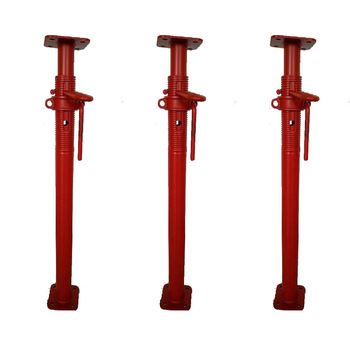
What are Shoring Towers?
The shoring tower is made up of frameworks and diagonals, assembled in a modular structure so as to reach the desired height between 2 and 12 meters, with intermediate heights every 0.50 m. Using the Shoring tower entails some major advantages when working at the site, which includes:
2022-03-31 -
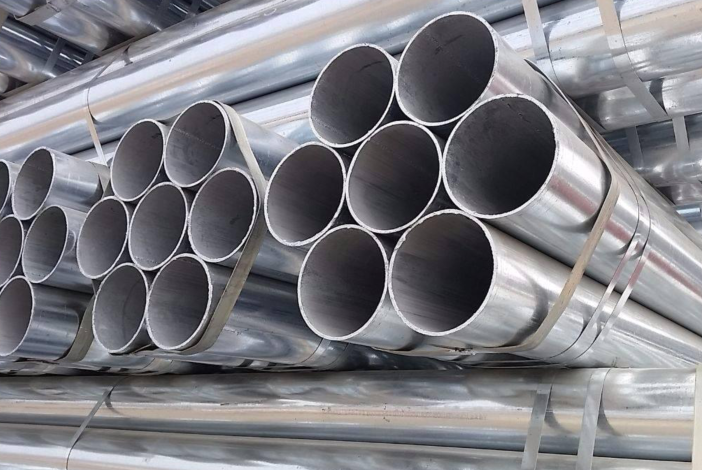
Stainless Steel Pipes vs Carbon Steel Pipes
Stainless steel or carbon steel? It is a question for many plants, engineers, designers, and other industry workers. Stainless steel pipes and carbon steel pipes are both good choices for a variety of applications. It’s hard to know which one is the best choice. Today, we will make an introduction about their differences. By getting down to the basics of what steel is and how it’s used, you will be able to better determine which one will fit your needs.
2022-03-31 -
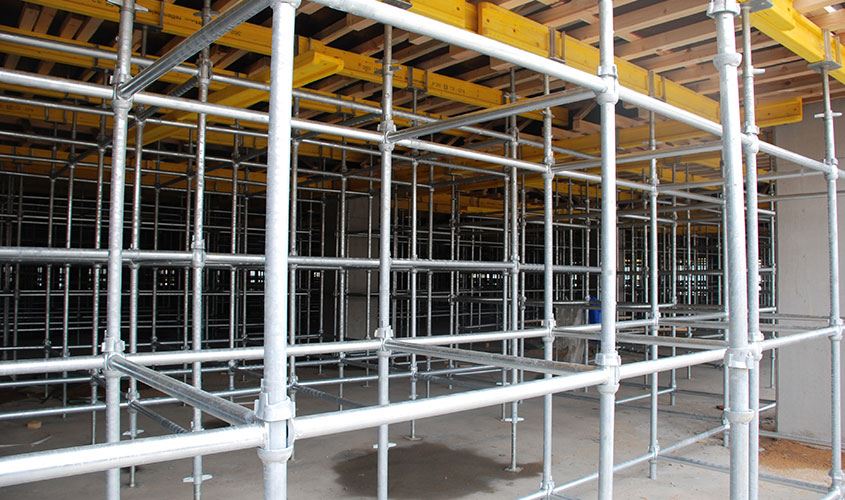
Why Are There So Many Different Types of Scaffolding?
Sometimes, a specific type of scaffolding is commonly used in the construction industry as the equipment is readily available. There are a lot of people who know the scaffolding system for construction.
2022-03-31 -
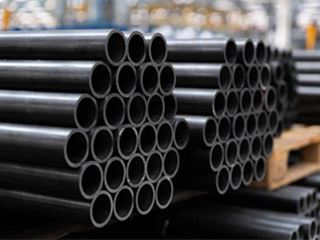
Do You Know How to Distinguish the Quality of Anti-corrosion Steel Pipe?
There are many kinds of base materials for anti-corrosion steel pipes, such as submerged spiral steel pipes, straight seam steel pipes, seamless steel pipes, etc. Therefore, the quality of anti-corrosion steel pipes must be judged on the base materials’ anti-corrosion quality.
2022-03-29


 Live Chat
Live Chat
